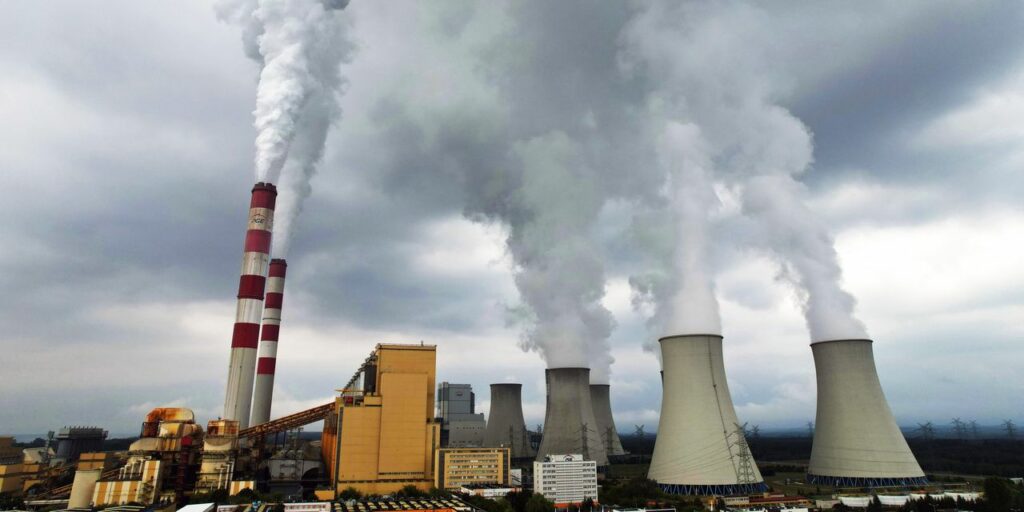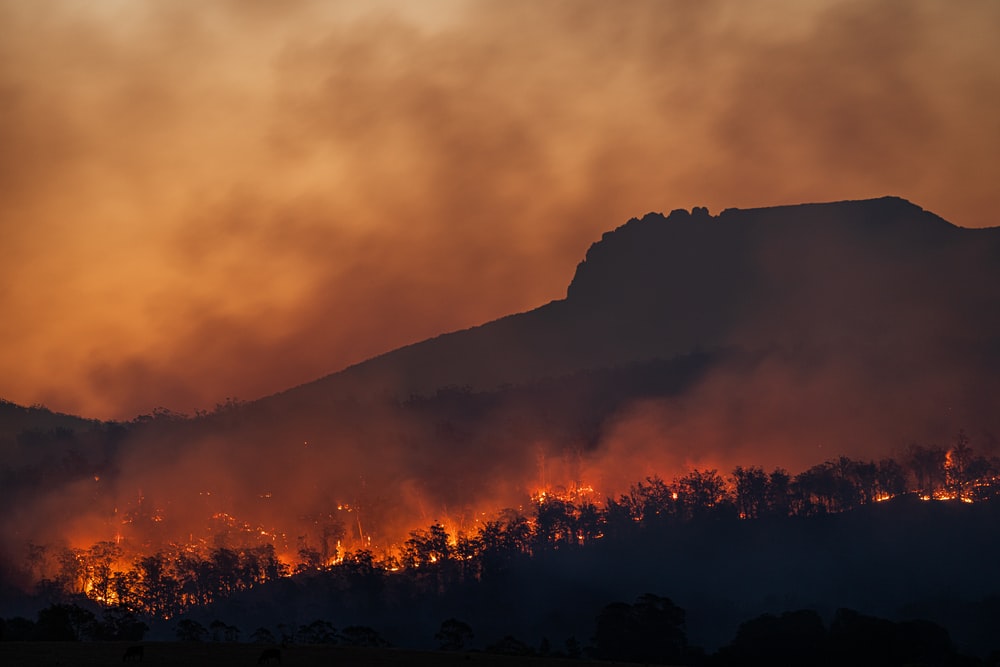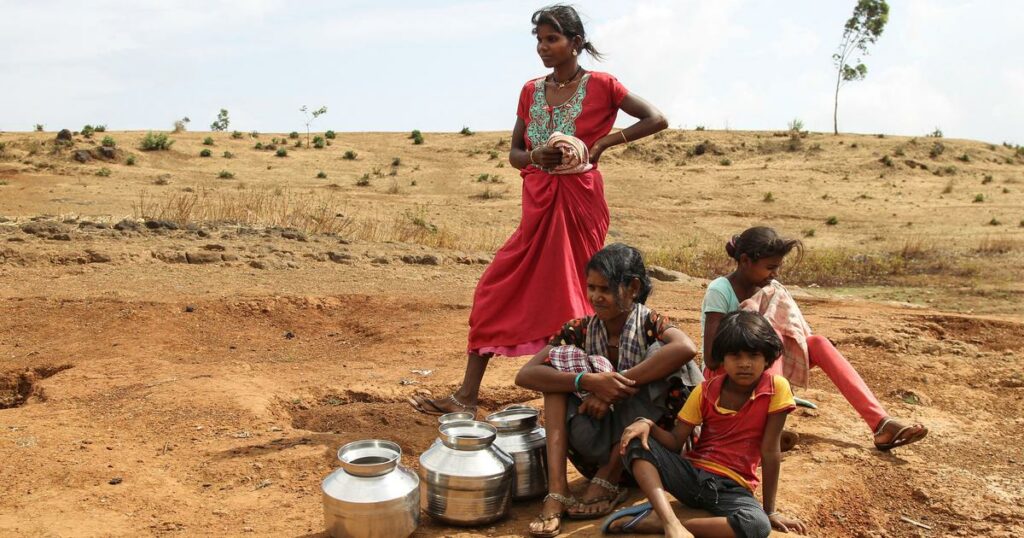If the report of the United Nations Intergovernmental Panel on Climate Change (IPCC) is drawing attention to other countries to reduce carbon emissions for environmental damage, then India needs to look at it from another perspective as well.
India ranks third in terms of carbon emissions after China and the US and has said that it is on track to fulfil its commitment to the Paris Climate Agreement and that it will aim for 33-35% carbon emissions by 2030 from 2005 levels. will reduce emissions.
The goal of the Paris Climate Agreement is to not allow the world’s temperature to rise more than 2 degrees Celsius and to stop it at 1.5 degrees.

But the IPCC report indicates that its earlier target does not seem to be being met, as many countries in the world are not able to reduce carbon emissions fast enough to raise global temperature.
Many of the world’s largest carbon-emitting countries have announced that they will become carbon neutral by 2050. Even China has fixed the last date till 2060.
Despite this, in the IPCC report, India, the world’s second-largest populous country, has been placed at the seventh position in the 2019 list of climate threats, which it cannot ignore.
Locked in the same environment system?
The Sixth Assessment Report of the United Nations Climate Science Organization has found very serious outcomes, which show that our Earth’s environmental system has already seen irreversible changes due to continuous climate change.
“The scale at which the changes in current and all aspects of the entire environmental system have been measured suggest that the environmental system is likely to remain the same for many centuries and several thousand years,” the report says.

Environmental scientists say that it can be understood that the unseasonal environmental policy will go from bad to worse and will have an impact. In this, the sea and the atmosphere will be worse.
“If we don’t stop carbon emissions, there will be some damage to it.”
What’s in this for South Asia?
The IPCC report has registered that heatwaves and heatwaves in South Asia are going to become more severe in the 21st century.
Also, this report says that annual and monsoon rainfall will increase in the 21st century. “There will be a general moisture throughout the Tibetan Plateau and the Himalayas, accompanied by an increase in heavy rainfall in the 21st century.”
The report also describes how urbanization has affected the climate and increased the incidence of floods. At higher climate change levels, especially in urban areas, the incidence of flooding may be more high-priced due to higher rainfall. Major events are expected to occur in the Earth’s environmental system during this period, in which heavy rains can improve the incidence of floods and landslides, heatwaves, forest fires or oceanic and cyclonic storms.
Experts say that despite warnings of increasing heat, the entire system may become unstable and there may be an increase in continuous weather-related natural disasters. displacement due to extreme weather More than 20 million people have to be displaced every year in the last 10 decades due to meteorological disasters. The report says that such disasters have tripled in the last 30 years.

According to UN estimates, since 2000 droughts, floods and forest fires have killed 1.23 million people and affected 4.2 billion. The Indian government last year published its first report on its own climate change assessment, which found that the pace and intensity of droughts increased sharply between 1951 and 2016.
According to the World Resource Institute’s 2019 Global Report, India is one of those 17 countries. Where there is a lot of pressure on the water.
Pandemic Punch
The pandemic-battered Indian economy is struggling to stand back. This may also be one of the reasons why the Indian government has not yet announced a date to become carbon neutral or set any new targets for reducing carbon emissions.
However, the weather-related events will neither stop nor slow down due to the pandemic.
Despite this, experts have warned that such disasters will intensify if economies affected by Covid turn to fossil fuels to get them back.
India will have to do something about the various weather-related disasters, even it can announce not to increase the target of carbon emissions at the moment.
India’s climate change targets are laudable and put the ball firmly in the field of the already rich world to now show that they mean business. This is because India has not been a historical contributor to greenhouse gas emissions — from 1870 to 2019, its emissions have added up to a minuscule 4 per cent of the global total.
It is lambasted as the world’s third-highest polluter in 2019, but its scale of emissions, 2.88 CO2 gigatonnes (Gt) as compared to the highest polluter (China at 10.6 Gt) and second most powerful (the United States at 5 Gt), are not comparable, not by a stretch. And, we have a huge need to grow our economy and to meet the energy needs of millions of our people.
Tags: Climate Change, Carbon emissions, global temperature, largest carbon-emitting countries, cyclonic storms, weather-related disasters.

